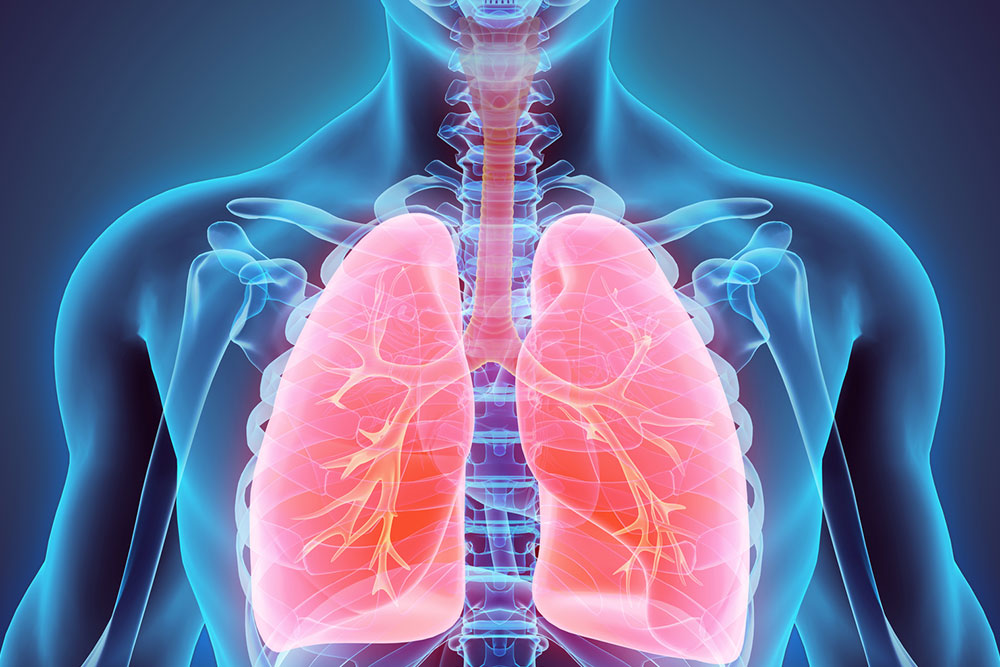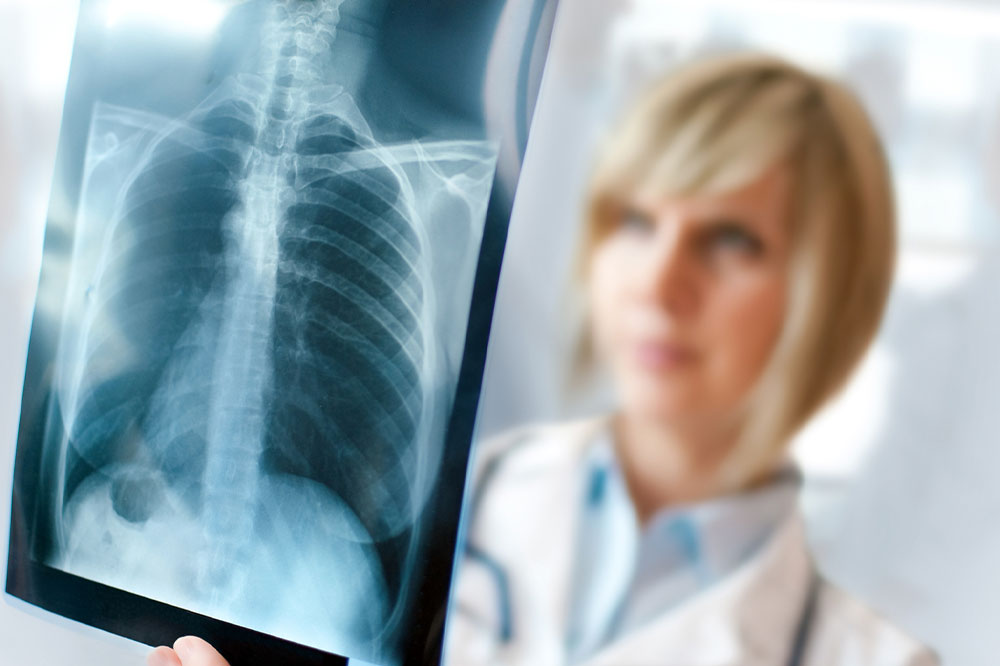Comprehensive Guide to Mouth Cancer: Symptoms, Diagnosis, and Modern Treatment Approaches
This detailed guide explores mouth cancer comprehensively, covering its symptoms, diagnostic procedures, and modern treatment options. Early detection through routine dental exams is emphasized, along with the importance of surgical, radiation, and targeted therapies in managing different stages of the disease. The article highlights advances in treatment approaches, the significance of understanding risk factors, and the critical need for early intervention to improve survival outcomes. It serves as an essential resource for patients, healthcare providers, and educators seeking to understand and combat mouth cancer effectively.

Comprehensive Guide to Mouth Cancer: Symptoms, Diagnosis, and Modern Treatment Approaches
Mouth cancer, also known as oral cavity cancer, arises when abnormal cells in the mouth grow uncontrollably, forming malignant tumors. This disease can develop anywhere within the oral cavity, including the lips, tongue, gums, floor, and roof of the mouth. When the cancer progresses beyond the primary site to involve regional lymph nodes or distant organs, it is classified as metastatic mouth cancer, which poses a greater health threat and complicates treatment options.
This condition primarily results from genetic mutations driven by factors such as tobacco use, excessive alcohol consumption, human papillomavirus (HPV) infection, and prolonged exposure to sun or environmental toxins. These factors contribute to cellular degeneration, leading to the loss of normal control mechanisms that prevent abnormal cell growth. As these rogue cells multiply rapidly, they invade surrounding healthy tissues, causing destruction, disfigurement, and functional impairments like difficulty speaking, chewing, and swallowing.
Recognizing the signs and symptoms of mouth cancer
Persistent sore throat or mouth irritation that does not heal
Unexplained bleeding or ulcers in the mouth that persist for more than two weeks
Unusual lumps or thickened areas on the mucous membranes
Loose or shifting teeth and increasing dental mobility
Persistent pain in the mouth or jaw, often radiating to the ear or neck
Changes in voice, difficulty swallowing, or a feeling of something caught in the throat
Visible patches of white or red discoloration in the mouth (leukoplakia and erythroplakia)
These symptoms often initially appear mild, which can cause delays in diagnosis. Due to their subtle nature, many patients overlook these signs until the disease has advanced, resulting in a poorer prognosis. Therefore, regular dental check-ups are crucial, as dentists are often the first healthcare providers to identify early abnormalities.
Early detection of mouth cancer significantly improves treatment outcomes. Routine dental examinations help identify subtle changes, such as persistent ulcers or unusual growths. However, once the tumor spreads to nearby lymph nodes or distant tissues, the chances of successful treatment decline markedly. The rapid progression characteristic of advanced mouth cancer underscores the importance of prompt diagnosis and intervention.
Diagnosing mouth cancer: procedures and staging
Initial assessment involves a thorough clinical examination, where a healthcare professional inspects the oral cavity for abnormalities, swelling, or discoloration. To confirm the diagnosis, a biopsy is performed, involving the removal of a small tissue sample for histopathological analysis to determine whether cancerous cells are present.
Additional diagnostic tools include laboratory tests and imaging techniques such as ultrasound, X-rays, computed tomography (CT) scans, magnetic resonance imaging (MRI), and positron emission tomography (PET) scans. These modalities help evaluate the extent of tumor spread, identify metastases, and assist in staging the disease, which is essential for planning effective treatment strategies. Sentinel lymph node biopsy is also frequently used to assess regional lymphatic involvement.
Effective treatment options for mouth cancer
Treatment depends on the stage, location, and size of the tumor, as well as patient health status. In early stages, surgical removal of the tumor followed by reconstructive procedures is often curative, aiming to excise malignant tissues while preserving function. Advanced cancers typically require multimodal therapies, including radiation, chemotherapy, and targeted therapy.
Surgical intervention: Surgical procedures may range from local excision of the tumor to more extensive resections involving parts of the mouth, jawbone, or surrounding tissues. Reconstructive surgery, such as grafts and flaps, restore form and function after tumor removal.
Radiation therapy: High-energy beams of radiation are directed at the tumor to destroy cancer cells. This approach is effective for inoperable tumors or as an adjunct to surgery, reducing the risk of recurrence.
Chemotherapy and targeted therapy: Chemotherapy employs anti-cancer drugs to kill tumor cells or inhibit their growth. It is often combined with radiation in advanced cases. Targeted therapies focus on specific molecules involved in tumor growth, providing a more precise treatment with potentially fewer side effects.
The development of new treatment modalities, such as immunotherapy, offers additional hope for patients with advanced or resistant mouth cancers. Supportive care, including pain management and nutritional support, is also a vital component of comprehensive treatment plans.
Preventive measures, early detection, and advances in treatment continue to improve the outlook for mouth cancer patients. Education on risk factors and regular screenings play key roles in reducing disease incidence and mortality rates worldwide.





